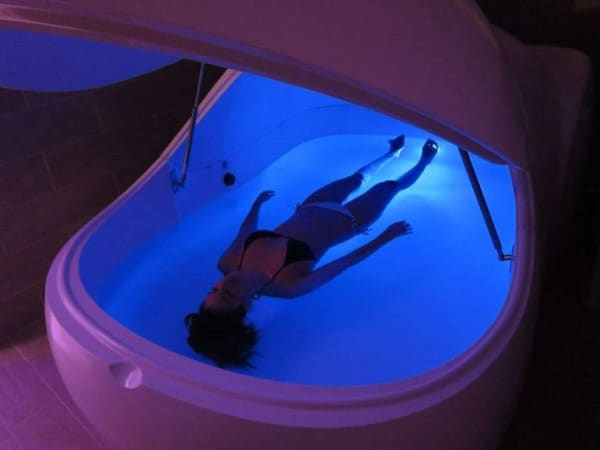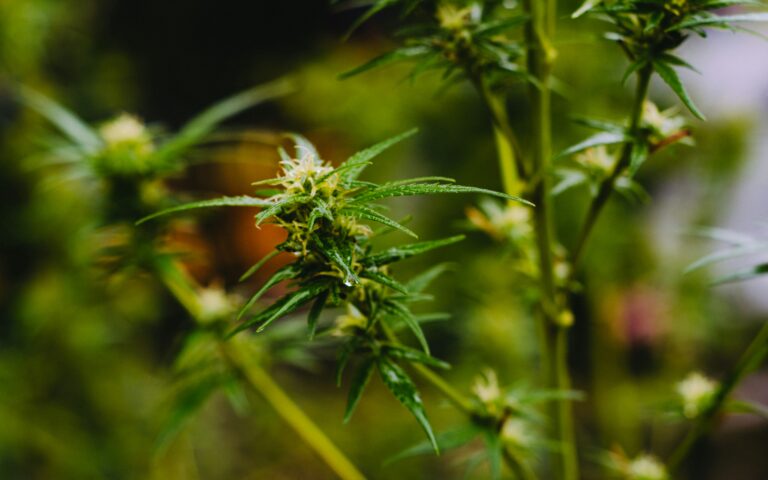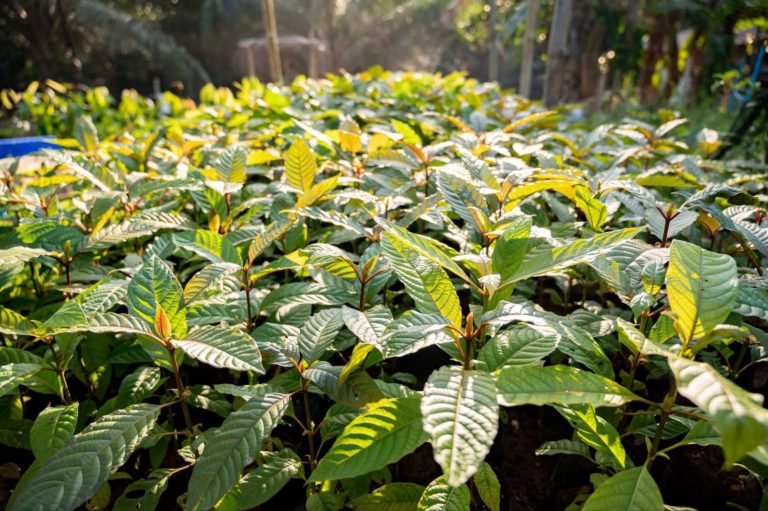
by Petar Petrov, Staff Writer for Terpenes and Testing Magazine
Cannabis and float tanks sound almost like two paths to the very same destination, paths that may look vastly different on the outside, but the experiences and journeys they make them eerily similar. And the destination is usually a deeper state of relaxation, consciousness, mindfulness, creativity, and basically any wondrous place where the mind can wander unbridled, without any real threat of damage along the way.
So, it’s only natural to think that anyone who likes the idea of floating weightless in salt tanks would like it even better when cannabis comes in the picture. Let’s see if cannabis and float tanks are indeed the perfect travel buddies that they sound on paper.
Float Tanks
Sensory deprivation, or float/salt tanks, are tanks filled with salt-saturated water, set at 93.5° Fahrenheit, and so is the air inside – a temperature at which the body should generally become completely desensitized to external stimuli. You almost literally become one with the air and water.
Because of the salt, the body doesn’t sink, but floats weightless. Inside the tanks, it’s absolute darkness. There are no sounds whatsoever. Basically, the experience mimics wafting in outer space, if outer space was pitch black, sound-proof, and set at a temperature at which your body and its senses have taken a leave of absence.
In short, you are left completely alone with your mind and its thoughts. And while some might say the experience sounds basically a step further from meditating, it’s actually more like a decent walk from it. And it’s a walk of both a spiritual and neurological nature, unlike the case of meditating in which some people just can’t seem to find that place of solitude within.
Float Tanks’ Effects on the Brain
Because the brain is complete relieved of all the sensory distractions we usually inundate it with, its resources are freed to be channeled elsewhere. This is why people experience a significant surge in brain activity while in float tanks, resulting in all kinds of benefits.
Float tanks are considered catalysts for post-float creativity. (1)
Perhaps the most pronounced and universal benefit of float tanks is the deep state of relaxation and peace it envelops floaters in which carries into the days and even weeks following the float sessions and helps treat various chronic conditions. (2) This is attributed to temporarily shutting down and generally alleviating any possible body aches that occupy the mind on the one hand, and silencing all the mental chatter and background noise that cause constant stress which often morphs into depression, anxiety, angst, insomnia, and overall negativity.
Furthermore, float tanks have been found to alleviate chronic pain (3) and change addictive behaviors (4).
Basically, in most cases, all the benefits you can derive from meditation, you can derive on a larger, more palpable and universal scale from floating in salt tanks.
But there’s more – compared to meditation, float tanks offer something a little different in nature as well, something that borders with the realm of psychedelic experiences.
Float Tanks and Hallucinations
Those who have seen the series “Stranger Things” might remember that float tanks were used as a catalyst for one of the character’s mental superpowers. And while the Netflix show is in the realm of fiction, it’s definitely along the lines of what salt tanks’ creator, John C. Lilly, had in mind. He was an avid researcher of LSD, paranormal activity, and interspecies communication.
A study from 2009 basically backed up Lilly’s eccentric views, finding that as little as 15 minutes of sensory deprivation can spark vivid hallucinations in some individuals. (5)
Cannabis and Float Tanks
While no official studies have examined the combinations of float tanks and cannabis, the sole prospect is bound to excite most people who are enthusiastic about at least one of the two.
It’s easy to believe those who have conducted such experiments by themselves when they say the two synergize. CBD provides palpable body relaxation that can make the experience feel more natural and the relaxation deeper, while THC can certainly enhance its psychoactive aspect.
Many people believe cannabis alone makes them more creative and introspective, cannabis users’ brain have increased connectivity, and generally speaking, the flower and certain cultivar, in particular, create a mental buzz which can turn into a blast in the float tank.
It’s also worth mentioning that it depends on the method of cannabis consumption. Edibles are considered to produce effects which can sometimes be almost psychedelic, and that’s not just a myth, but a scientific fact that stems from the different way edibles, and respectively the THC in them, is metabolized in the body.
“The real difference between edibles and smoking or vaping is that with edibles, a much larger fraction of Delta-9-THC makes it to the liver first. There it gets converted to 11-hydroxy-THC. So in other words, if you smoke or vape, the ratio of 11-hydroxy-THC to Delta-9-THC is quite low, and if you take an edible it’s much higher,” explains Nick Jikomes, PhD in neuroscience and a principal research scientist at Leafly.
This is why cannabis and float tanks advocate Joe Rogan raves about the mind and life-altering potential of experiencing the effects of cannabis, and edibles in particular, in a float tank.
Caveats
Of course, any two or more things that can synergize can also potentially overaccentuate each other and cause an overload.
Sometimes, with cannabis-induced introspection and divergent thinking, along for the ride comes anxiety, especially when it comes to THC-rich plants, and in a salt tank, which for some spells claustrophobia (perhaps the same people for whom cannabis can spell anxiety), the combination can be overwhelming.
Because of that, most people, including experienced cannabis users, believe it’s best to first try float tanks without cannabis, see how your mind reacts, and from there gradually build on that experience.
For those who have decent and pleasant experiences floating in both tank and cannabis wonderlands, joining the two worlds might give birth to something extraordinary and perhaps even serve as a dry run for other psychedelic experiences.
References:
- Suedfeld et al, Enhancement of scientific creativity by flotation rest (restricted environmental stimulation technique),Journal of Environmental Psychology, 1987, Volume 7, Issue 3: 219-231
- Kjellgren and Westman, Beneficial effects of treatment with sensory isolation in flotation-tank as a preventive health-care intervention – a randomized controlled pilot trial, BMC Complement Altern Med., 2014; 14: 417.
- Kjellrgen et al, Effects of flotation-REST on muscle tension pain,Pain Res Manag. 2001 Winter; 6(4): 181-9.
- Borrie RA, The use of restricted environmental stimulation therapy in treating addictive behaviors,Int J Addict. 1990-1991;25(7A-8A): 995-1015.
- Mason OJ and Brady F, The psychotomimetic effects of short-term sensory deprivation, J Nerv Ment Dis. 2009 Oct;197(10): 783-5.
Image Credits: SFGate








